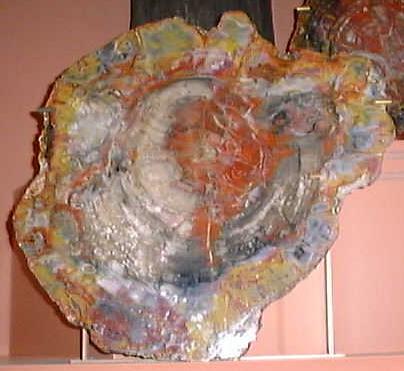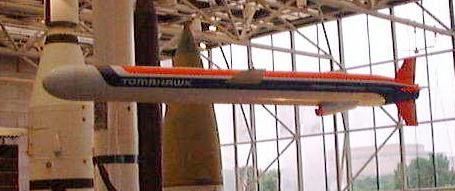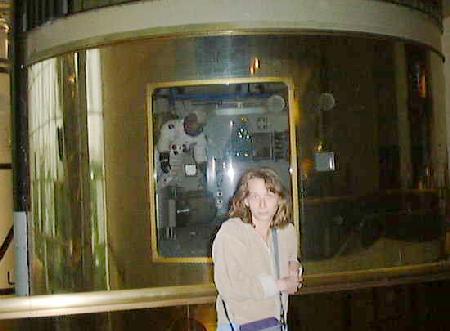
Tuesday June 8th - Saturday June 11th 1999
Being the capital, Washington is home to many museums and galleries, most notably the Smithsonian Institution, part of which, the Air and Space Museum, claims to be the most visited museum in the world. Judging by the crowds when we visited, this could well be true. The Smithsonian actually consists of 13 museums and galleries, nine of them on the National Mall, and all within walking distance of each other. We managed to visit quite a few, although to see the whole Smithsonian would require at least a week, and we only had a few days.
Our first stop was the National Museum of American History, and I must admit that I was disappointed. It seemed to be aimed at the lowest common denominator - interesting enough I suppose for kids, but for the reasonably intelligent adult, it doesn't actually teach much of anything. None of the exhibits were particularly challenging or informative. We quickly moved on to the Museum of Natural History, which for me at least was much more interesting. The building itself is stunning, and as you enter you are confronted by a massive elephant in the entrance foyer. The museum takes a rather broader concept of natural history than most European museums, including ancient history, making it almost certain that you'll find something of interest. The highlight for me was the gem and mineral collection, some of which was absolutely stunning, including the world-famous Hope diamond. Other interesting displays were the small Egyptian collection and a selection of cuneiform tablets and a fabulous Babylonian funeral post, which unfortunately did not come out in my photograph.


One annoying aspect of this museum is the tendency to dumb things down. I was particularly disappointed by the animation explaining the evolutionary concept of pre-adaptation, whereby a species has a feature which evolved for one purpose and which happens to suit changed environmental conditions. This was explained in the form of a cartoon with cartoon anthropomorphic creatures explaining their own evolution - amusing for kids, I suppose, but it could have been done so much better. Also, all the people recording the voiceovers seemed to speak at an abnormally slow pace.


The Air and Space Museum houses a large collection of flight-related items, including a fair number of aircraft, some originals, some replicas. A large chunk of the museum was closed off for renovation while we were there, but we still managed to find plenty to see. One of the highlights for me was a visit to the Albert Einstein Planetarium, where we watched an interesting multimedia presentation "And a star to steer her by" on the history of navigation. The show was narrated by Sir Alec Guinness, the well-known British actor, and was projected on to the roof of the planetarium dome, and to my mind struck the right balance between clarity and informativeness. Well worth $3.75 for half an hour. Unfortunately, photography was strictly prohibited, so you'll just have to take my word for it.


